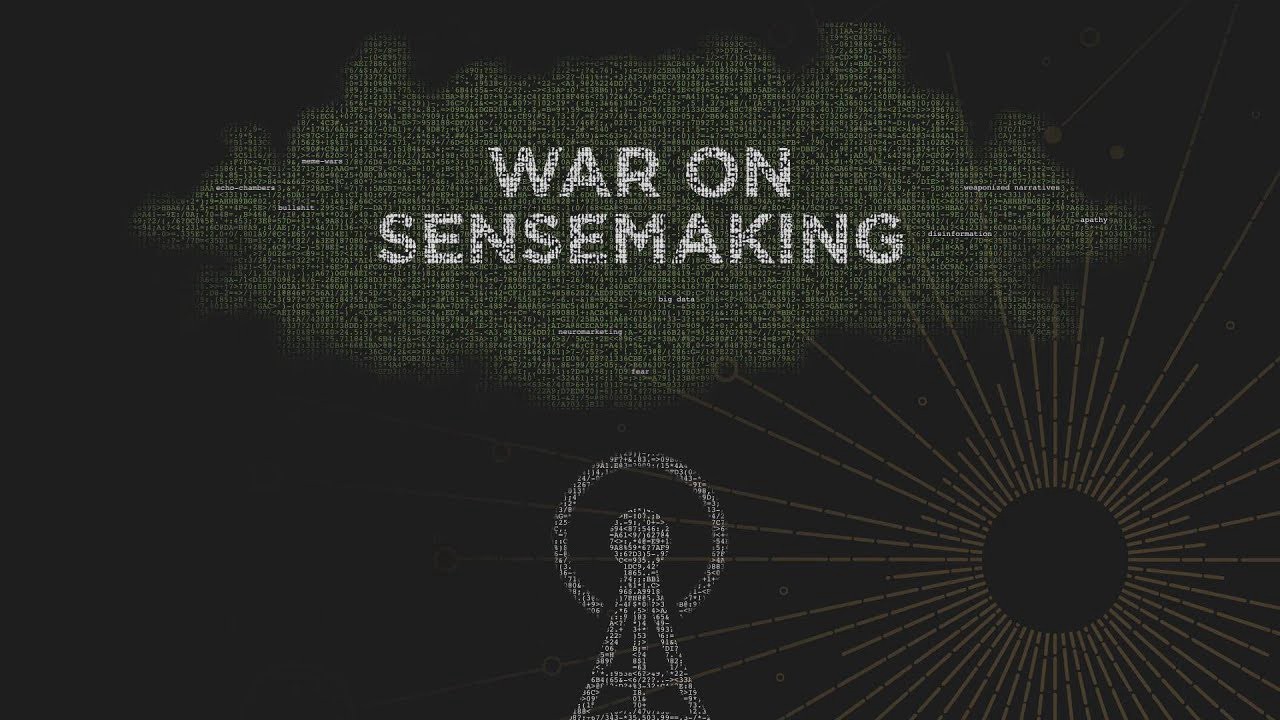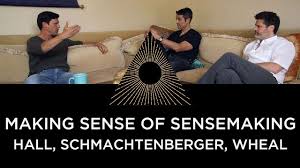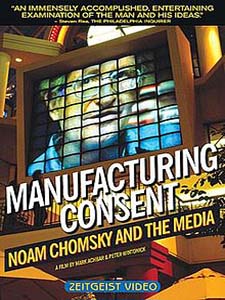The Conscious Living Resolution
EDUCATING OURSELVES
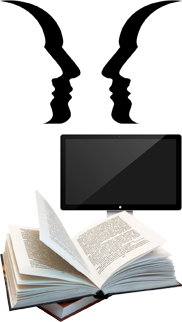
The world’s most powerful industries have developed a number of major strategies in an attempt to maintain their power and ensure that the status quo is not disrupted. One of the most insidious of these is in addition to hijacking our political systems, they have hijacked the primary means of spreading news and other information.
This is particularly evident in mainstream corporate media (“MSM”), but unfortunately this corruption has even filtered down into institutions that are traditionally supposed to be more trustworthy, such as academic institutions and journals.
So how do we know what or who to believe? Due to the extent of the corruption by powerful industry, this is not a simple answer; however, there are definitely some steps we can take to increase the likelihood that the information we gather is reasonably accurate:
When reading any article or research study, always hold in mind, “Who benefits from this?”
So much of the information and conclusions we find in articles and other media are heavily biased, distorted or just plain falsified. So an important first step in determining validity is to identify the author(s) and sponsor(s) of a particular piece of news/information/research. If this is not made readily apparent, then this should already represent a red flag. And even if the sponsor/author does initially seem clear and credible, ask yourself, “Who benefits from this information?,” and if the answer is suspicious, take the time to dig deeper. Many organizations have become very clever in finding ways to hide their misinformation under apparently innocent “grassroots organizations,” but a little further digging often reveals these hidden connections and helps us to separate “the chaff from the grain.”

Follow the information back to its original source of research (read more...)
As any good journalist, academic professional, or detective knows, any information worth its salt really needs to be traced back to the original source. And any article worth its salt will have its sources clearly named within the article and/or listed in a reference section at the end. In many cases, determining the credibility of a particular article will require us to dig down to the original peer-reviewed research that led to the publishing of that information, and then closely scrutinizing it. In other cases, this may require making our best judgment upon whether a particular journalist can be trusted, and also considering her/his potential biases, sources and sponsors (again, ask yourself, “Who benefits?”).
Peer-reviewed research. The term peer-reviewed is a particularly important term for determining whether or not an original piece of research has some degree of credibility. Scholarly journals typically require that original research studies/articles go through a “peer review” process in which others educated in the same field review the study/article and determine whether or not the protocol used and/or conclusions drawn are generally valid and reliable.
HOWEVER, even many of the so called “trusted” publications and academic institutions have become seriously corrupted. Most of the time, when we locate original research that has been peer-reviewed by a credible publication or institution, we can take some comfort in thinking that we have probably located information that has some value. BUT powerful corporate interests have even managed to get their hands into the pockets of many of these publications and institutions, creating conflicts of interest by providing said publications and institutions with grants and other financial rewards in exchange for being allowed to publish their research that may have been heavily distorted and/or biased in their favour. Even worse, pharmaceutical corporations and others have been caught “ghost writing” research articles—this is the completely fraudulent practice of creating “research articles” out of thin air (without ever having even done the claimed research) and then paying corrupt academic professionals to put their names on the articles and publish them. Here is an excellent Ted Talk explaining these and related practices that take the practice of misinformation to a whole new level.
So again, while it’s true that locating original peer-reviewed research is very important when making well informed decisions, we still have to never lose sight of the first principle mentioned above: Identify the author(s) and their particular connections and/or sources of funding, asking ourselves, “Who benefits from this research?” …or said another way, “Follow the money!”
Take the time to look at the actual data and methodologies of research studies. Another key step in our attempts to work through the biases, distortions and misinformation that can be found even in “peer reviewed research,” we really need to take the time to look beyond the introductory Abstract and the final Conclusions sections of a particular research study and look closely at the actual data and methodology buried within the article (and if we’re not confident that we can do this ourselves, we can find someone in the field we trust to help us out with this).
Breaking through the research “paywall”: Accessing original research without paying the exorbitant prices. In a society that truly values democratic participation, it is self-evident that “we the people” need to have easy access to the information and research that our fellow members of society discover and produce. How else can we be expected to vote effectively, make informed decisions and generally contribute to a healthy society—a thriving democracy requires a well informed and critical thinking population. And yet, sadly, this is not what we generally find in contemporary society.
When it came time to publish my own doctoral research, I was shocked to discover that I had to pay several hundred dollars (USD) just to make my research freely available to others (and that’s not cheap for a deeply indebted student). If I hadn’t paid this fee (which I did manage to do), then anyone wanting to read my research would have had to pay a substantial fee to access it (and not to me!). And this is sadly the case for most of the research articles in the mainstream Western world—there are a small handful of corporations operating massive research databases who essentially monopolize access to the world’s research and charge exorbitant rates to access it (typically $30 to $50 USD for each article!), and this includes research published by tax-payer funded institutions (i.e., research already paid for by “we the people”). So much for our aspirations of an enlightened democratic society.
Fortunately, there have been a number of brave souls who believe that the research produced by our society should be available freely to everyone, and who have risked their own freedom to gain access to millions of scientific studies, making much of the world’s scientific research that had previously been locked behind exorbitant paywalls now freely available to the public. Aaron Swartz is perhaps the most well known nonviolent activist who aspired to make all such knowledge freely available, and whose mission in doing so sadly led to his death. Aaron and other nonviolent activists have developed the Guerilla Open Source Manifesto, which promotes these ideals and has spawned a number of “Open Access” organizations which are dedicated to making information and research freely available to the public.
But isn’t it illegal to access these open access research articles? Yes, there have been copyright laws broken in the process of obtaining and distributing many of these articles; and yes, if you access these articles yourselves, then it is likely that you are also technically breaking the law. But this is one of those areas where many of us feel that the benefits of making society’s scientific findings freely available far outweigh the harms of keeping them locked away in the hands of a few obscenely wealthy corporations (and as someone who spent years of his life conducting research, I can say that it feels great to know that my discoveries are freely available to everyone!).
“It’s called stealing or piracy, as if sharing a wealth of knowledge were the moral equivalent of plundering a ship and murdering its crew. But sharing isn’t immoral — it’s a moral imperative.”
–Aaron Swartz
If you find yourself struggling with the morality of using such services, you may find it helpful to consider this article.
Here is a list of some organizations and methods that allow you to bypass the research paywall in different ways:
- Science Hub: This open access organization likely provides access to the largest range of academic research articles. Here is an article that gives a nice overview of how to use Science Hub.
- Library Genesis: Another Open Access organization similar to Science Hub, but its focus is more on providing access to ebooks and popular science magazine articles and less so to academic journal articles. Here is an article that gives an overview of how to use Library Genesis.
*The links to the above sites may not work for long–due to the legally “grey” nature of such services, these organizations often need to change their domain names (typically just the extensions) to keep from getting shut down, and it’s difficult to say how long they will manage to remain in operation. Here is one website that keeps track of currently functioning domain names (including various “proxy” or “mirror” sites) that provide access to Science Hub and Library Genesis.
- Citationsy: This is a relatively user friendly site that taps directly into Science Hub and Open Access Button, and they generally stay on top of domain changes for these organizations, so this can be a good website to use when you find that the domain names of these other websites (particularly Science Hub) have been changed.
- Open Access Button: This is another option for accessing open access research articles; however, because they make a serious effort to avoid bending copyright laws, they are likely to have less articles available than what you would find at Science Hub.
- Google Scholar: This is a specialized research-focused web browser provided by Google. You can gain free access to many research articles here.
*Note: Most of these services will require that you first locate the url, PMID or doi# of the particular article that you want to find. So going back to the earlier step of tracking news articles, etc., to their “peer reviewed research” roots (discussed above), we can begin our detective work by plugging the names of the referenced research articles into services such as Google Scholar, PubMed or Crossref, which should then bring up the url, PMID or doi# (the latter always begins with “10,” not “http”) of that particular article; and then we can plug this figure into the open access services listed above. If you need further guidance, this article provides a good description of these steps.

Wikipedia is helpful, but is generally not considered a reliable source
Wikipedia can be edited by anyone at anytime, which has its pros and cons. This structure has allowed it to gather far more information than any normally staffed encyclopedia producer could ever achieve, and it provides a way for people to contribute to a very popular body of knowledge who would otherwise find it difficult to do so; but it also means that its pages are vulnerable to being manipulated by special interests. This is why academic institutions generally don’t allow Wikipedia to be used as a reference for research articles.
Wikipedia itself even acknowledges this reliability problem. So while Wikipedia can be a very helpful starting point when researching into a topic, and typically provides a helpful list of relevant references at the end of the page (though this list itself may be biased), make sure you dig deeper into the topic by tracking the information to its source, as discussed above.
Locate opposing information, and use the above strategies to compare its credibility
Gaining access to original peer reviewed research is only half the battle of gathering solid evidence and information. The other half of the battle (at least) involves recognizing and overcoming our own biases. There are nearly always multiple perspectives/opinions/conclusions based on any particular event or issue. If a particular event or issue is important to us, it’s definitely worth taking the time to understand alternative perspectives and striving to “put our feet into the shoes of others.”
It is up to each of us to develop the capacity to recognize our own biases
We all have our own biases, and our mind works in such a way that it naturally filters out and/or rejects information that’s contrary to our pre-existing beliefs. It’s a challenging but important skill to continually monitor our own biases and open our minds to new perspectives.
Identify ‘Converging Lines of Inquiry’
A key principle in conducting formal research is establishing and/or identifying converging lines of inquiry. Is the evidence from multiple sources leading to a similar conclusion? This principle is particularly important when we consider just how polarized and corrupt today’s information landscape is – it is very difficult to trust the credibility of any single source. However, when multiple sources with clearly different perspectives and biases converge upon a similar conclusion, this can add substantially to the credibility of that conclusion.
Identify when a source conveys information against its own interest
As discussed above, we all have our own biases. And it’s evident that certain sources will even go so far as to intentionally spread misinformation when doing so benefits their own special interests. However, even such dishonest sources still want to maintain a veneer of integrity and credibility. Therefore, when certain information that goes against their own interests becomes clearly evident, these sources will often be required to convey this information publicly, in order to maintain the veneer of integrity and credibility. Most of us can think of examples when certain industries or corporate-funded media were forced to take such face-saving measures. In summary, then, when we come across this kind of information – that which goes directly against the interests of the source – we may want to consider whether it deserves a few extra marks of credibility.
Peruse CNCL’s own extensive Resource Library
We’ve put a lot of effort into creating our own extensive user-friendly resource library of primarily independent (non-corporate funded) websites, news organizations, charities and other media. Of course, we can’t personally verify the accuracy of any particular entity listed here, so make sure to utilize the other strategies discussed above in this article; but we hope you will find it a valuable resource for the initial stages of “separating the wheat from the chaff.”
In Summary: Misinformation dis-empowers us; Accurate information empowers us!
There’s no doubt about it. Getting accurate information in a world that has become so overrun by powerful and corrupt organizations is a very challenging task…
…but with some patience, perseverance and critical thinking, it is still possible to locate valuable information beneath the many layers of misinformation.
When it comes to reclaiming our power and developing a lifestyle that is in line with our values, it’s difficult to imagine anything more important than developing the ability to access accurate information and competently educate ourselves.
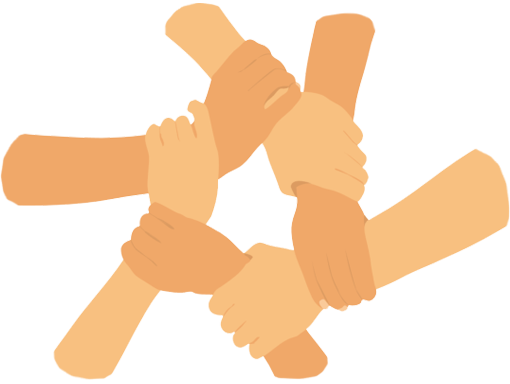
FOLLOWING ARE SOME resources THAT EXPLORE THESE ISSUES FURTHER...
This article provides an excellent overview of “the war on sensemaking” that is so pervasive in our society (and some great links & resources).
An illuminating 3-way conversation exploring how to make sense in this world of overwhelming information and disinformation.
A 5-minute summary of Noam Chomsky’s “5 Filters of the Mainstream Media Machine.”
The inspiring yet tragic story of a young man dedicated to making information freely available.
Noam Chomsky’s classic documentary exploring the ulterior motives and corruption of the mainstream media.
Ben Goldacre’s Ted Talk about the extensive corruption found even within “peer reviewed” academic research.


